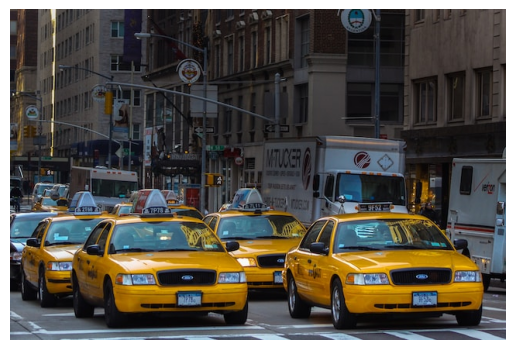Panoptic segmentation
Deep Learning for Images with PyTorch

Michal Oleszak
Machine Learning Engineer
Panoptic segmentation challenge
Original image

Semantic segmentation

Instance segmentation

Panoptic segmentation

Panoptic segmentation workflow
Combining semantic and instance segmentation can be complex:
- Overlaps
- Ensuring unique instance IDs
Our workflow:
- Generate semantic masks
- Combine them into a single mask
- Initialize the panoptic mask as the semantic mask
- Generate instance masks
- Iterate over instance masks and overlay detected objects onto the semantic mask
Semantic masks
model = UNet()
with torch.no_grad():
semantic_masks = model(image_tensor)
print(semantic_masks.shape)
torch.Size([1, 3, 427, 640])
semantic_mask = torch.argmax(
semantic_masks, dim=1
)
- Instantiate the model
- Produce semantic masks for the input image
- Choose highest-probability class for each pixel

Instance masks
model = MaskRCNN()with torch.no_grad(): instance_masks = model(image_tensor)[0]["masks"] print(instance_masks.shape)
torch.Size([80, 1, 427, 640])
- Load instance segmentation model
- Produce instance masks

Panoptic masks
panoptic_mask = torch.clone(semantic_mask)instance_id = 3 for mask in instance_masks:panoptic_mask[mask > 0.5] = instance_idinstance_id += 1
- Initialize panoptic mask as semantic_mask
- Iterate over instance masks
- Set panoptic mask to instance ID where mask > 0.5
- Increase instance ID counter

Let's practice!
Deep Learning for Images with PyTorch

